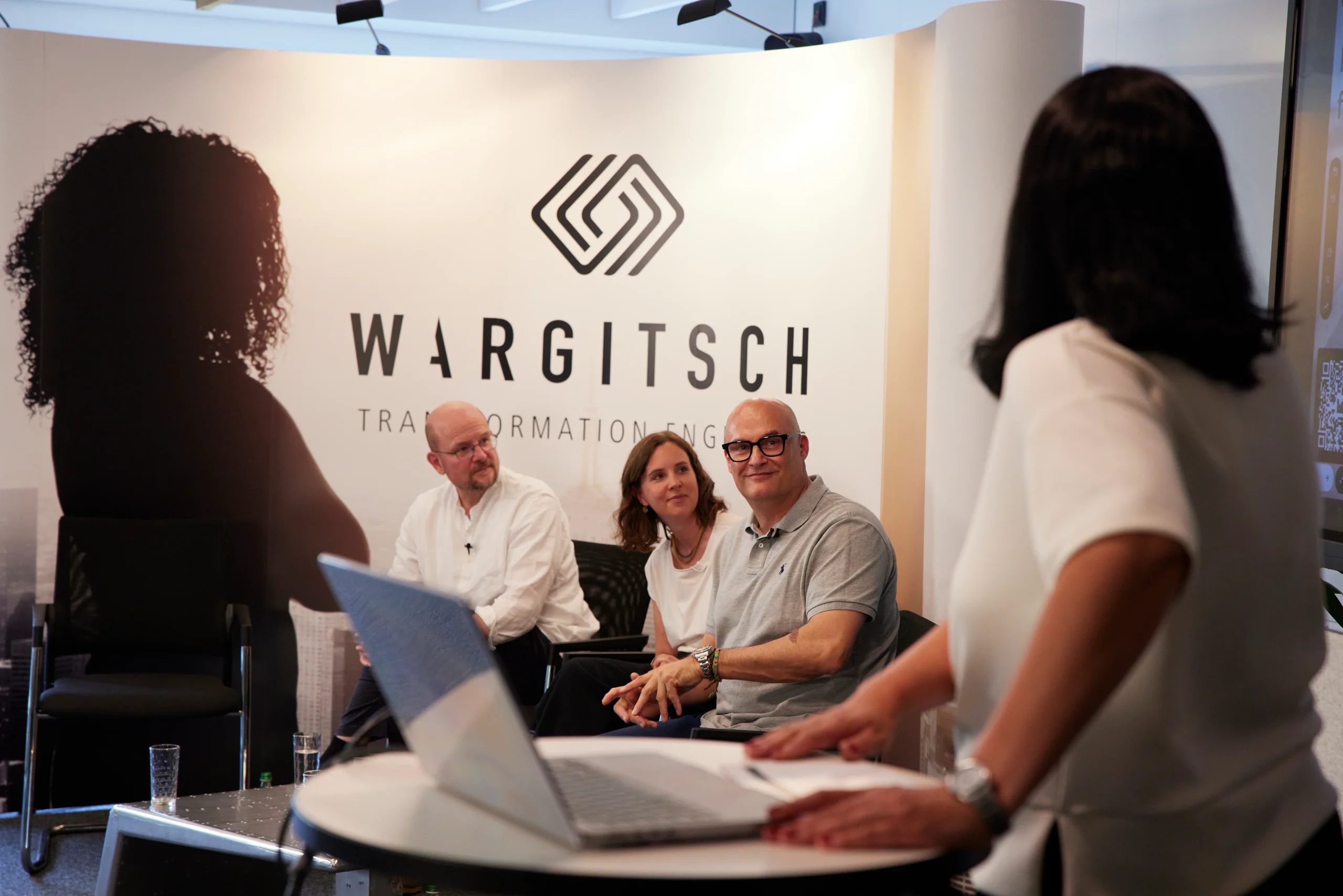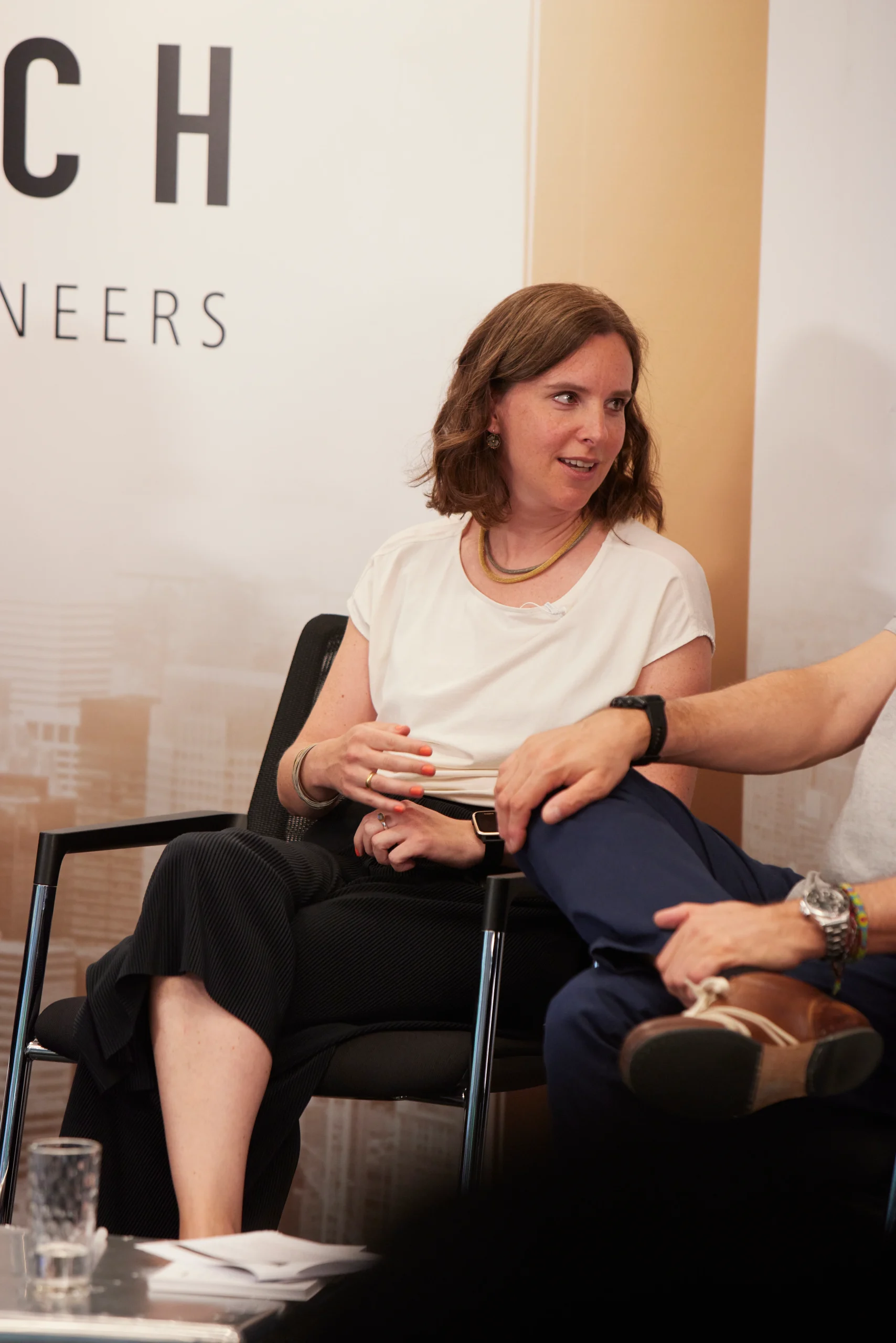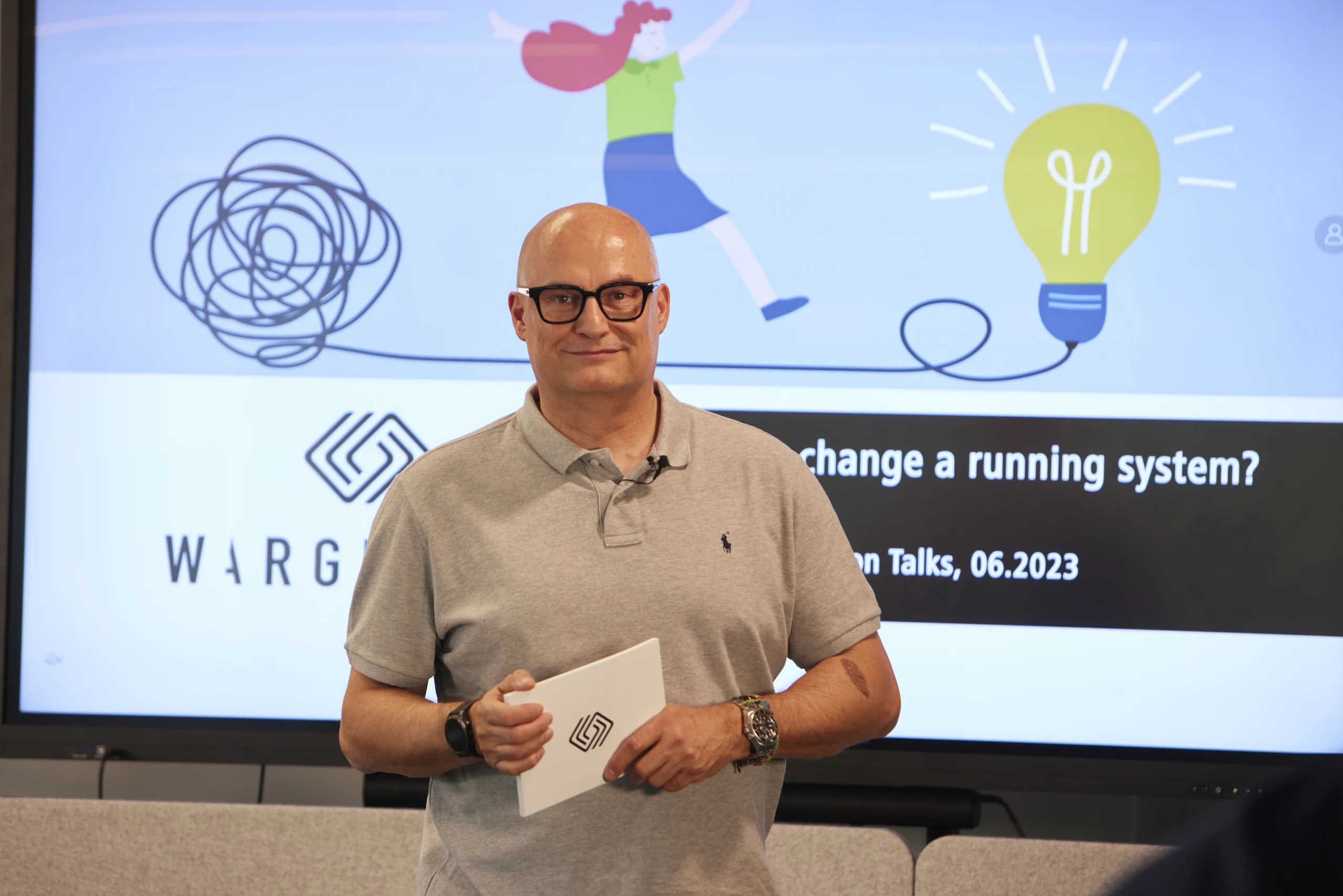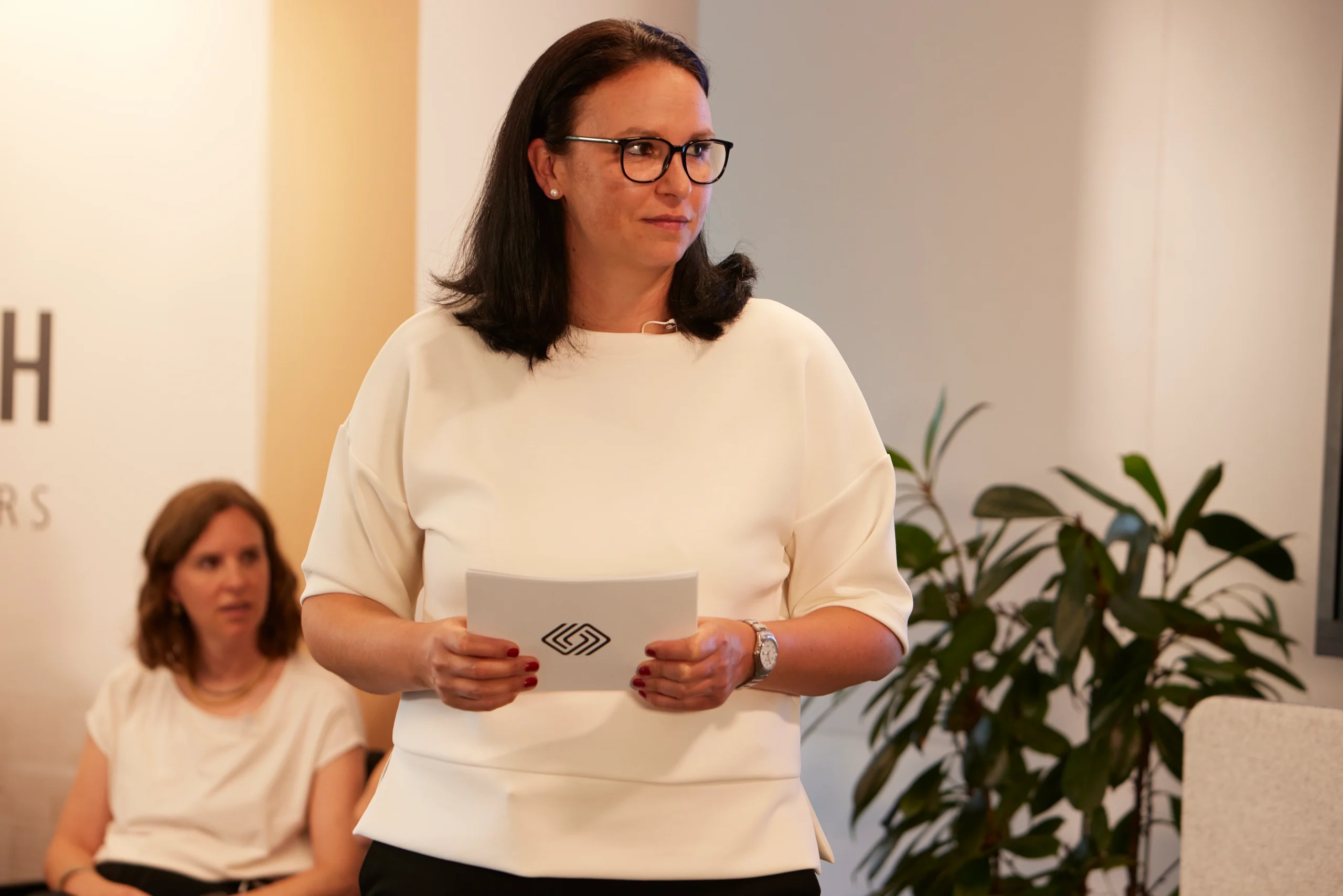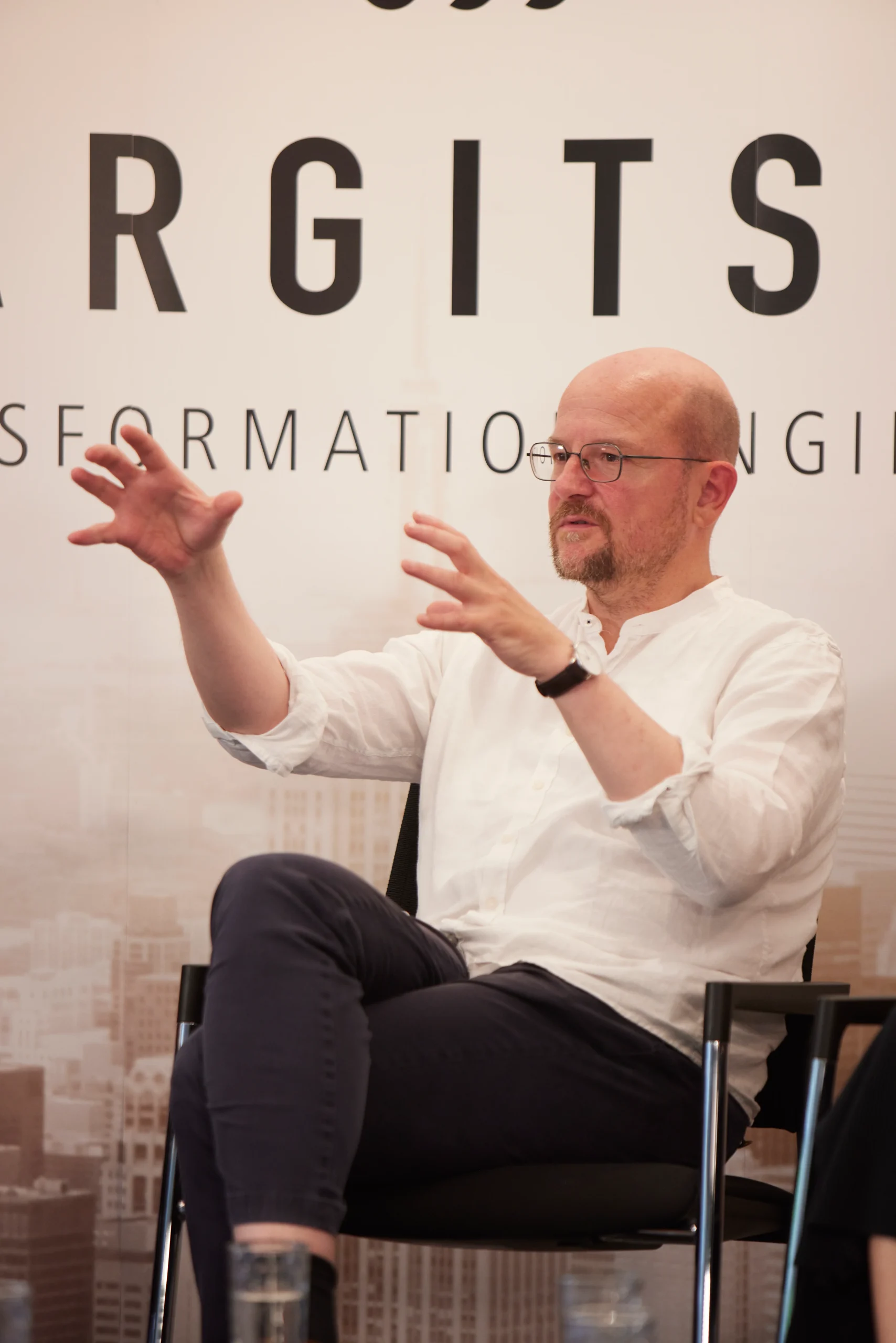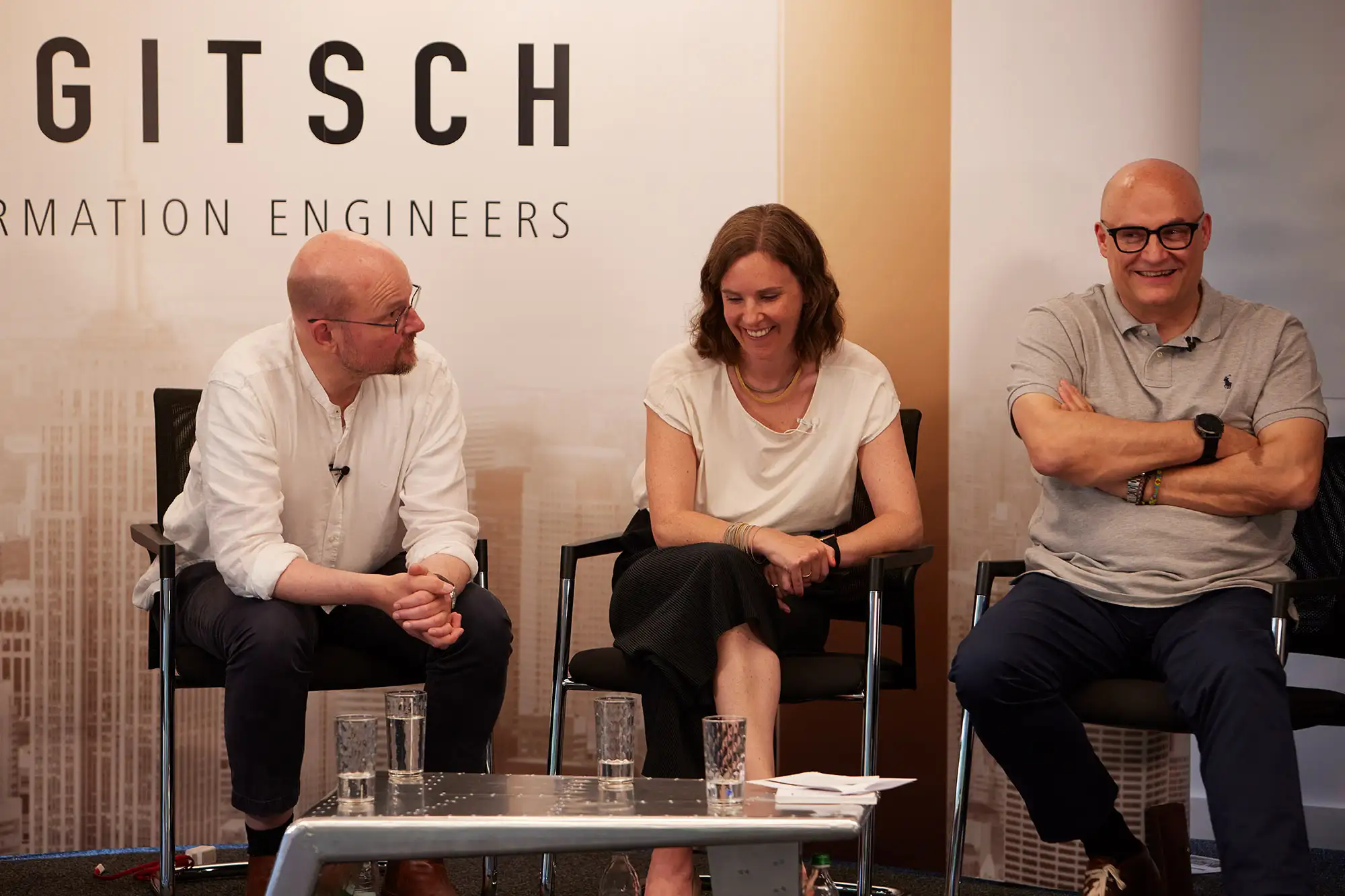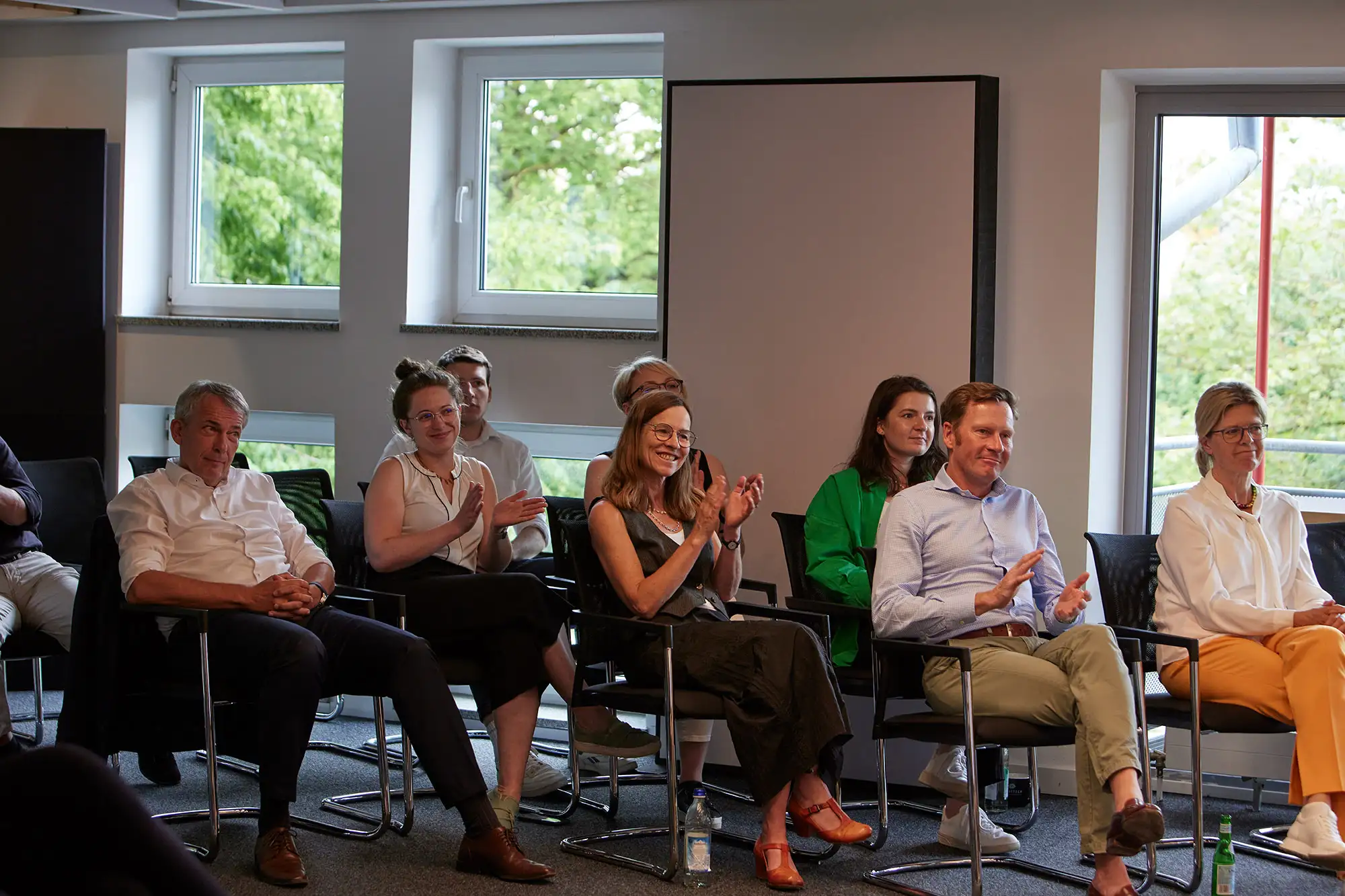In our second Transformation Talk 2023, we focused on the question: “Never change a running system?” Our speakers addressed complex and highly topical issues concerning the organizational dimension and provided interesting input.
“Never change a running system? Organization in transition.” We devoted our second Transformation Talk 2023 to this exciting topic. We were moved by questions such as: Which parameters in relation to the dimension of organization must be taken into account in change processes? What is the significance of values and principles? How much self-organization can I expect from a system? And what role do collaboration, communication and transparency play? Complex and at the same time highly topical aspects, to which our speakers devoted themselves under the moderation of Dr. Christina Weigert (Vice President Corporate Development WARGITSCH Transformation Engineers):
- Prof. Dr. Dirk Brockmann (physicist and complexity researcher)
- Dr. Christoph Wargitsch (Systems Theorist, CEO WARGITSCH Transformation Engineers)
- Nora Kammerl (Head of People & Culture WARGITSCH Transformation Engineers)
People, organization, technology – three elements that form an overall system and can only ensure that change processes are successful if they are coordinated with each other. After we highlighted the human dimension in the first Transformation Talk 2023, our experts focused on the organizational element during the second event. Along the teaser question “Never change a running system?”, system theorist and CEO of WARGITSCH Transformation Engineers, Christoph Wargitsch, built his keynote at the beginning of the event. The question, which is at the same time a well-known wisdom, sounds banal, but in its depth it is complex and cannot be answered unequivocally. If nothing works at all in a system, it is logical and obvious that a change must take place. If a system is running perfectly, there is no urge to act. These two options are black and white, so to speak – but there are also various levels of gray: “Let’s imagine a system where everything still fits quite well, but you notice that this will not be the case for long. Or a dynamic environment where you might be thinking about changing on the horizon,” Wargitsch explains, adding, “A self-adaptive system is ideal.” The essence of Transformation Talks in 2023 is a sharper focus on lessons learned after 15 years of transformation engineering. Regarding the element of organization, Wargitsch shares insights into exciting showcases and, most importantly, their learnings and insights during his keynote:
- more networked, less hierarchical structures
- technologies that act as catalysts, such as artificial intelligence
- remote work
- agile and adaptive approaches
- the moving to the center of the well-being and purpose of employees
- the rise of ecosystems and platforms
| Organizational charts & other "operating systems" | There are official organizational charts, which are of great importance and are also characterized by a certain approval requirement. Therefore, it is rather important to work on the operating systems, that is, to move to second or third levels without having to change the organizational chart. |
| Time | Important to the success of a project is the time component. How long does it take, how quickly does it need to be completed, how much time do I give the project without boredom or undue stress. |
| Forward, Backward, Sidestep, Step Length | Stopping a project and doing a backward loop if necessary can be very helpful in certain situations. Stubbornly following through with something is not necessarily always useful. |
| Spreads | Especially with large transformations, spreads are normal and important to get all arms around the project. |
| Critical mass of supporters | The snowball effect is usually necessary for the desired success. |
| Key Players | As the name suggests, these players in projects are essential for success. |
| Environment as a problem | Changing an area - for example, structuring a team in an agile manner - without taking into account possible interfaces can lead to these in turn causing friction. The consequence: The team is transformed, but the company is not. |
In addition to all the intensive and profound learning, Wargitsch also illuminates the overarching framework of the dimension of organization from a systems perspective in his keynote: “The world has changed, networking has increased. There are more nodes, connections and transmission speeds are increasing. In turn, system boundaries have become lower: Open systems are more successful, couplings are easier, and range limits are decreasing.” These factors result in more dynamics and complexity, but also non-linear effects, more echo chambers, more excitation cycles and higher polarization with less stable phases. This is a challenge for companies that must adapt to factors such as …
Many adjusting screws that should be turned if companies want to remain fit for the future. The CEO of WARGITSCH Transformation Engineers explains: “You won’t be able to build complex solutions for complex problems with simple methods. You have to understand effective logics and effective cycles and distance yourself from linear thinking. This way of thinking helps with the question: where do I start?” In addition, he says, visualization is a powerful tool for presenting often abstract issues in an understandable way and with the necessary closeness. Also of great importance: adaptive and complete frameworks. But what must future-proof organizations look like now?
- Hierarchical structure and autonomy
- Integration of feedback loops and cybernetic control
- Strong coordination and communication
- Resilience and anticipation
- Lateral flexibility and redundancies to respond to disruptions
- Awareness of ethical and social responsibility
Christoph Wargitsch concludes his keynote with the summary statement: “Team and network make a sustainable organization!” Diverse teams in particular increase the tension in a system. This, in turn, generates ideas. Highly interactive networks also generate feedback loops. In summary, increased disruption and swarm intelligence are conducive to an organization’s creativity and adaptability, and thus transformational competence.
After the technical contribution of the CEO of WARGITSCH Transformation Engineers, moderator Dr. Christina Weigert led over to the discussion round.In addition to Wargitsch, Prof. Dr. Dirk Brockmann (physicist and complexity researcher) and Nora Kammerl (Head of People & Culture WARGITSCH Transformation Engineers) served as experts.In response to Weigert’s introductory question about how much self-organization can be expected from a system, Kammerl said: “That depends on the type of system, the complexity and the goals. Central guard rails are important to manage a company effectively. Within these guard rails, individuals often perform better when they have the freedom to self-organize. It also matters what type of person you are: self-organization is not for everyone. Therefore empowering employees to self-organize is an important leadership issue.” Brockmann integrates his biological perspective into this topic, explaining that while centrality exists in places in biology (brain and nervous system example), it is still rather atypical. “Organisms that are much more successful than we are – fungi or plants – do not have centrality. Flexibility is essential to be functional. We are biased and assume that something must be centrally controlled. But when we look outside the box, we see that this is rather atypical.” Wargitsch is also a proponent of “thinking outside the box,” as he adds to Brockmann’s statement, “Let’s say goodbye to classic thought patterns that centrality pours into an organizational chart. Centrality may be important at a functional level as a compass function but not control.” A good example, he said, is the queen bee, after which the other bees coordinate, but which nevertheless does not function in terms of control.In addition to ownership and self-organization in a system, the panelists discuss other characteristics of organizations and how they must change to be sustainable. “What structures do I need to build for people to transform?” asks Weigert, alluding to the topic of resilience. Kammerl emphasizes that shying away from risks and change is part of human nature and by no means a problem. On the contrary: “Natural skepticism does not have a negative impact on resilience; what is crucial is to have courage. That’s why the organization should give its members courage through appropriate structures.” Wargitsch goes on to say that psychological security is of central importance here: “The perception of security is very subjective. I find everything new exciting, but not everyone is like that. There are enough risk avers, which is why psychological safety is a strong type issue.” Brockmann agrees with the two previous speakers and adds that courage cannot be a constraint, but rather the central task of the organization: “I have to create a framework so that courage can arise in the first place. In my environment, the element of courage is essential for success. In science, permanent failure and high risk is in our blood.”
In the course of the discussion, Wargitsch, Brockmann and Kammerl elaborate on some important aspects of the organization dimension. Below are a few of the key statements:
-
There is a balancing act between diversity and tension: You have to approach how much of both a system can take before it gets blown up.
-
A sense of purpose is one of the A's and O's in today's working world. Doing a job just to make money is a shame. The goal should be to create meaning, to attract, retain and inspire people.
-
Target states have to be made comprehensible to people, so that people shed their fear of the unknown. Quote Christoph Wargitsch: "If the boss says: Let's row from our beautiful island into the fog, behind it is an even more beautiful island, then no one will do that. If the boss describes the coordinates and can describe exactly what the destination is, more people will be there."
-
Problem-solving competence can be positively influenced by diverse factors. Among others, through networking, teams, a contemporary adapted education system and best practices from interdisciplinary collaboration models.
-
Collaboration, communication, participation and transparency are core elements of an organization's ability to transform.
At the end of the Transformation Talk, Dr. Christina Weigert asks the panelists what they would like to see in politics. Wargitsch wishes for a drastic acceleration of legislative procedures, Brockmann for less bureaucracy and more “common sense,” and Kammerl concludes with the wish to strengthen and reform the education system, for better daycare centers, schools, colleges, and further education opportunities for lifelong learning.
